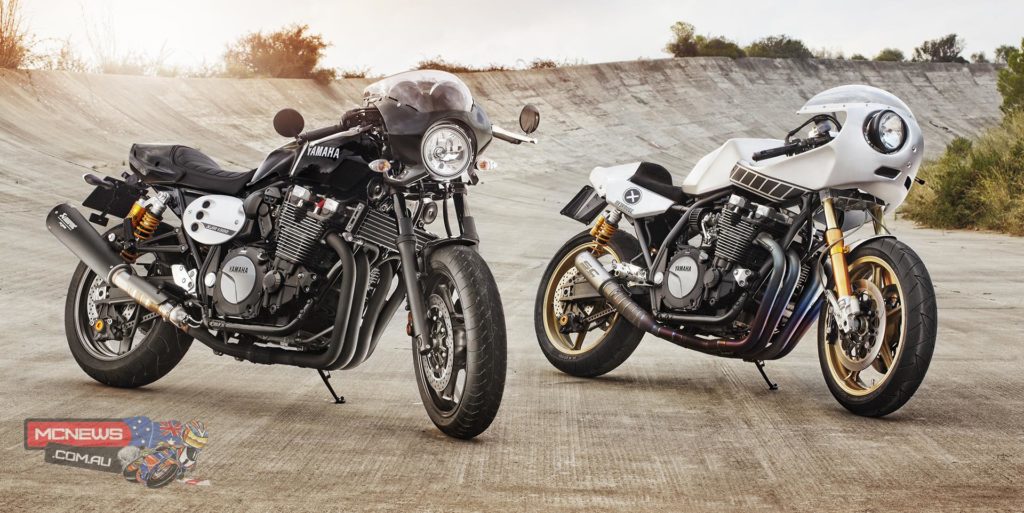Custom, cafe, bobber??
Phil Hall puts his take on the scene
It’s hardly a new revelation, but the custom motorcycle industry has been growing of late. I thought it might be time to look at what the various terms mean and where the scene is heading.
According to Wikipedia, a custom motorcycle is.. “a motorcycle with stylistic and/or structural changes to the ‘standard’ mass-produced machine offered by major manufacturers. Custom motorcycles might be unique, or built in limited quantities. While individual motorcyclists have altered the appearance of their machines since the very first days of motorcycling, the first individualized motorcycles specifically labelled ‘Custom’ appeared in the late 1950s, around the same time as the term was applied to custom cars.”
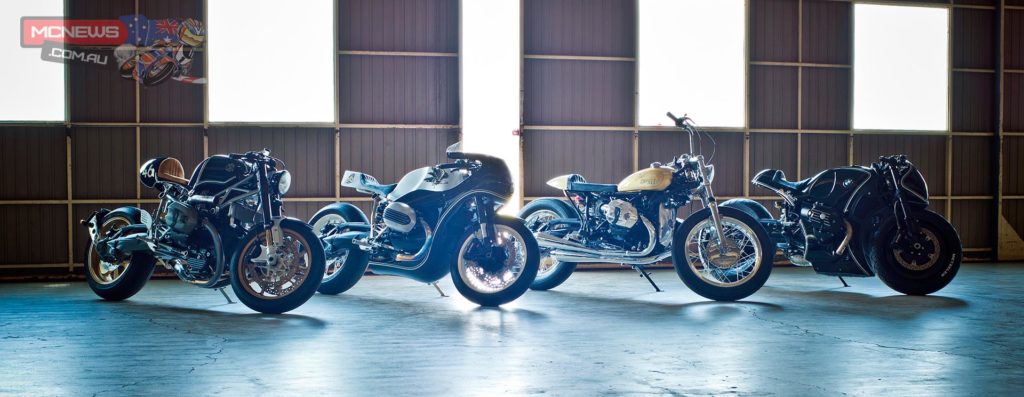
Such a broad definition could be applied to any motorcycle where a number of stylistic changes have been made from standard, however, in practical terms, the name is generally applied to American V-Twin motorcycles that have been customised and to so-called “metric cruisers” that have received similar treatment. Indeed, Harley has even included the word “custom” as a name in its model range, though, since it comes from the factory unmodified, it does seem a somewhat odd use of the term.
Choppers would seem to fall into this category as well although it is rare to see a 70’s style one on the road these days as registrations requirements have been tightened up dramatically in the intervening years. However they are still to be found in large numbers at custom motorcycle shows. It does seem strange to me, though, that, in seeking to be different, the majority of them have ended up looking very much the same.
The extreme end of the customising spectrum is bikes like those constructed by the execrable Teutill family where, while the bikes are called “custom”, since they were built from scratch without having a stock donor bike as a starting point, do not really qualify to be included in this discussion. I need to make it clear that I have no problem with people doing this and that, on the few occasions where I could make myself watch the programme, I was amazed at the degree of engineering skill that went into their various builds. What I couldn’t stomach was the manufactured drama. The bikes built were not my cup of tea either but obviously some people liked them so, to each his own.
Copious amounts of money is spent on customising bikes but it is a truism that, it doesn’t matter how much you spend, you never get it back. Pick up any of the motorcycles for sale magazines and you will see them by the hundreds “Spent $30000 on parts, receipts to prove, $10000 ono” This is an illustration of a curious phenomenon to which I will return later in the article along with some general comments about what drives the customising urge.
Any bike can be customised and there seems to be no definitive answer as to what degree of modification from stock moves a bike from “stock” into the “custom” classification. So it seems fair to reserve the term for the more radical end of the spectrum rather than allow it to be diluted to include someone who puts a set of fancy mirrors, indicators, a fender eliminator and a radical paint job on their R1 Yamaha!
So we move to cafe racers. Again, using Wikipedia as a baseline, here is what they have to say. “Cafe racer; is a light-weight, lightly-powered motorcycle optimized for speed and handling rather than comfort — and optimized for quick rides over short distances. With bodywork and control layout recalling early 1960’s Grand Prix road racing motorcycles, café racers are noted for their low slung racing handlebars, prominent seat cowling and elongated fuel tanks, often with indentations to allow the rider’s knees to grip the tank.
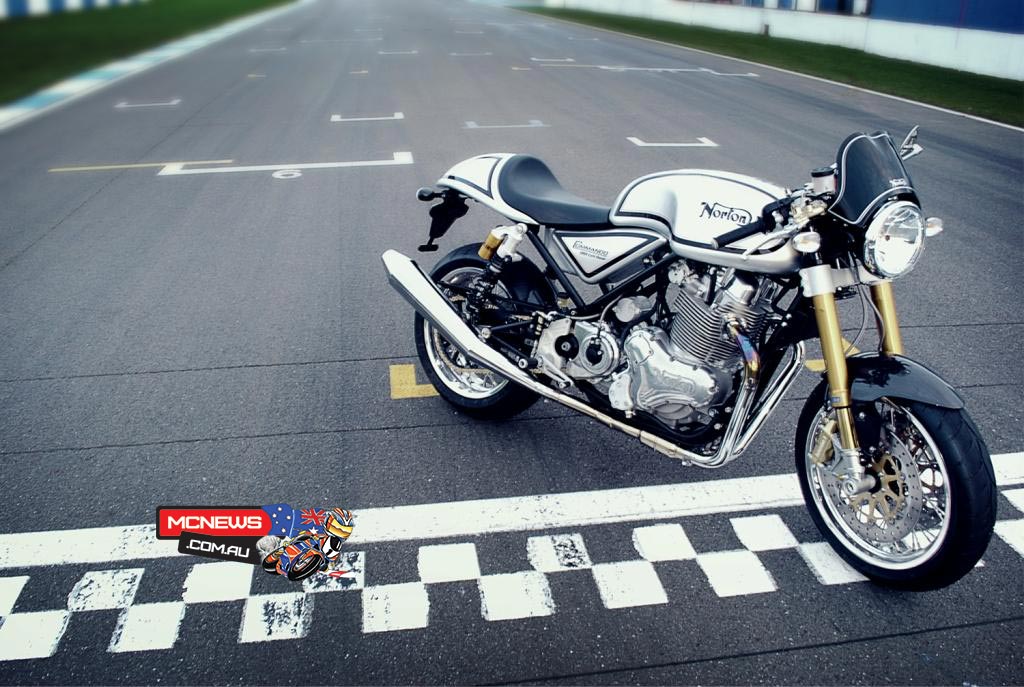
The term developed among British motorcycle enthusiasts of the early 1960s, specifically the Rocker or “Ton-Up Boys” subculture where the bikes were used for short, quick rides between cafés — in other words, drinking establishments.
Writing in 2005, motorcycle journalist Peter Egan suggested the genesis of the term to the 1960s. In 1973, American freelance writer Wallace Wyss, contributing to Popular Mechanics magazine, wrote that the term café racer was originally used derogatorily in Europe to describe a “motorcyclist who played at being an Isle of Man road racer” and was, in fact, “someone who owned a racy machine but merely parked it near his table at the local outdoor cafe.
There seems to be very few terms in motorcycling that are more hotly disputed than the definition of a cafe racer, which is why I included a rather longer quote than I would usually do. Because it is clear that even this definition contradicts itself, beginning by saying that a cafe racer is a small, lightly powered motorcycle but then alluding to the heavily modified British 500cc and 650cc cafe racers that seem to have given the term its genesis.
As one who grew up through that era, let me add my 2 cents worth. My understanding of the term has always encompassed large British bikes, hotted up engines, open bell mouth on the carburettor/s, a Dunstall or similar seat and tank, a set of rear sets and a loud megaphone exhaust all guided (somewhat uncertainly) by a set of drop handlebars, clip-ons or Ace bars (named, I am guessing, after London’s famous Ace Cafe)
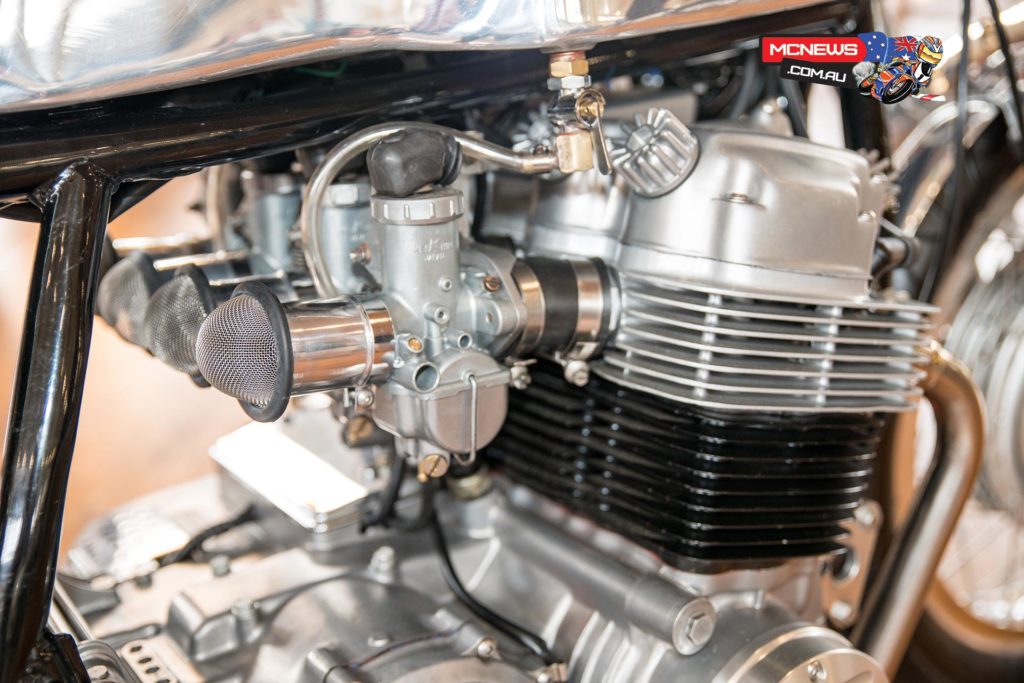
Compare that specification to the racing bikes of the day and you will see the similarity. There seems no doubt that, just as the new Yamaha YZF-R1M is a race bike for the road (albeit straight from the factory), so the 1960’s cafe racer was the young man of the day emulating the machines ridden by British racing heroes like Derek Minter, Geoff Duke et al.
A cultural difference also needs to be made. While the young blokes of the 60’s had fathers who spent their after work hours at the pub, their sons spent their after-hours time at the cafe or the coffee shop or the milk bar. Why? Because pubs were seen as the preserve of old people, the cafe or the milk bar was where the young and the “hip” hung out. AND it was where the GIRLS hung out as well.
Nowhere is this better illustrated than in Mike Sarne’s definitive cafe racer song, “Just for kicks.” I do recommend that you follow the YouTube link because, not only does the song explain the cafe racer ethos so well but the particular clip is filled with period black and white photos of what the cafe racers of the day and their riders looked like.
[youtube id=”l3TVEH1DPbg” width=”560″ height=”315″]
Times change and so do motorcycles. And, if you check today, you will find that the first part of the Wiki definition now seems to be the “norm” for devices that claim to be cafe racers. Yes, the British young man of the day WOULD “cafe” any bike, because that is usually all he had. But, turn up at the Ace Cafe in a cafe’d 150cc British four stroke and the reaction would be quick and predictable. I’m sorry, but taking a grey porridge 1970’s CB200 Honda and giving it the cafe treatment just doesn’t compute. If it is an engineering exercise to see what can be done, it might be understandable, but to claim it as a rideable cafe racer is just beyond the pale in my opinion. Unless it has the cafe treatment AND it’s big and loud, then it just doesn’t qualify.
Finally, on the subject of cafe racers, a whole new area opens up once one starts to explore the “kit” cafe racers of the era. Custom frames and fairings, seats and tanks, sold as a kit for you to slot in your Z1 or 750/4 engine and, voila, an IKEA cafe racer. Companies like Seeley, Dresda, Rickman, Dunstall and many other boutique manufacturers gave you the opportunity to create an instant cafe racer.
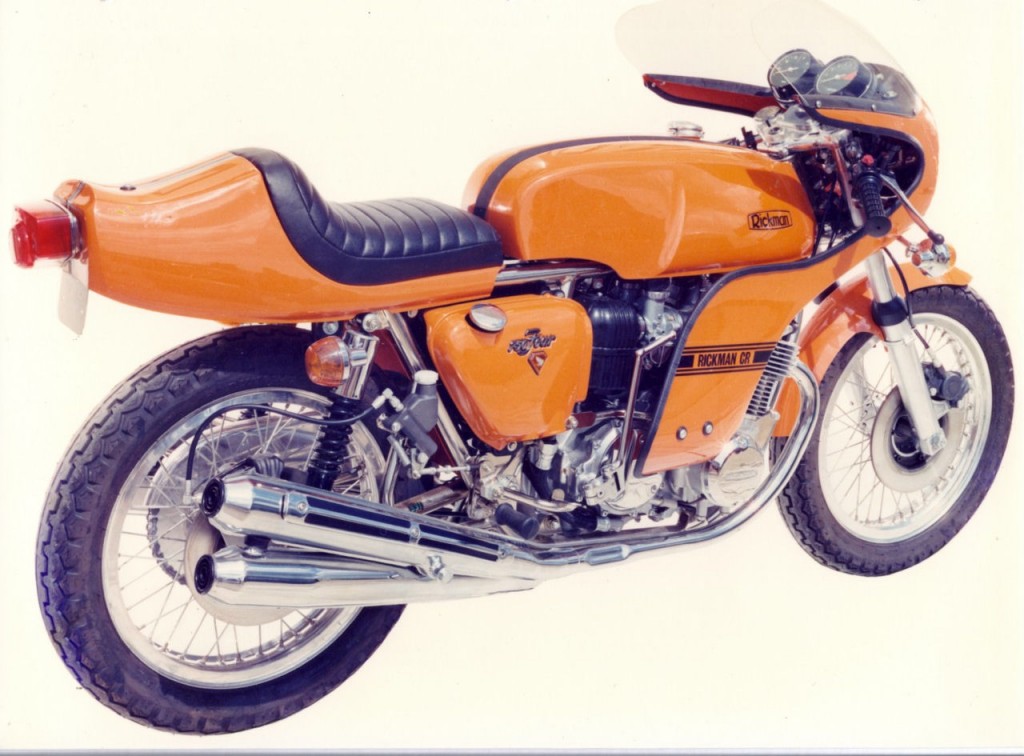
It is not without coincidence that few examples of the definitive cafe racers remain, and that those that DO, fetch amazing prices when offered for sale. If it came to a choice between the original concept and what passes for cafe racers today, I know which sort I would prefer (though, given the state of my finances, the exercise is purely theoretical)
Lastly, for this article anyway, we come to bobbers. Again let’s see what Wikipedia says. A bobber “is a custom motorcycle that usually has had the front fender removed, the rear fender “bobbed” (made smaller), and all superfluous parts removed to reduce weight.”
A simple and neat definition that is emblematic of what a bobber claims to be. It is said that the bobber craze began with US servicemen who returned from Europe after WWII. Having noted the amazing differences between the lightweight and delicate European motorcycles and the ponderous, heavy US bikes like the WLA Harley, they took to their Harleys with tools, hack saws and gas axes and stripped them of all superfluous weight and tried to recreate the more manageable bikes they had seen in Italy and France.
The aim was lighter weight and keeping the costs down. As such, frame and engine modifications were kept to a minimum, and the reusing and recycling of parts was an important part of the process. Reasoning that removing weight also improved performance and fuel consumption, it was a win-win situation.
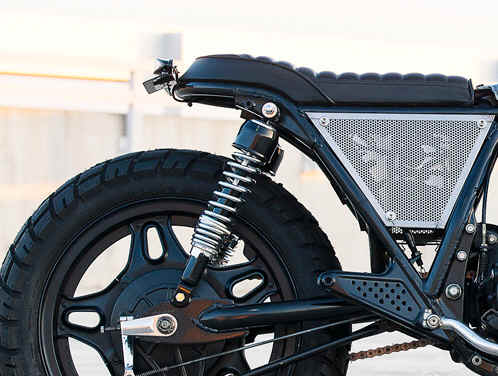
With the arrival of the Japanese tsunami in the late 60’s-early 70’s, the bobber scene died right away, although it probably was bubbling away in the background there somewhere. In the last decade it has resurfaced with individuals and small, boutique companies seeking to emulate the “simple is better” mantra of the early bobber builders. These days we have a whole set of sub classes of bobbers. We have “retro bobbers”, bike built out of period old bikes, and “bobber choppers” a strange amalgam of two styles. But, somewhere along the way, probably influenced by the American ethos of, “if some is good, more is better” the bobber scene has pretty much lost its way in terms of one of its basic tenets, cheapness. Factory made bobbers (which is pretty much most of them) are ridiculously expensive, especially when one looks at them from a price vs performance standpoint.
Home built examples are hard to assess in the above comparison but given that most bobbers are based around smaller capacity bikes, one buys/builds a bobber far more for style than one does for function. It is not surprising that, if you see one on the road at all, it is usually in the city or immediate surrounds.
Finally two comments about the fundamental reasoning behind customising, and I’ll be brief.
The idea of “build it for $30000 – sell it for $10000” has always seemed bizarre to me. I know that no bike is an investment (unless you own a Vincent) but surely such a wild waste of money is hard to justify. If it cost that much to build, why stop a huge loss selling it? Keep it and enjoy it. But it took me a while to understand that it isn’t the PRODUCT that is important to most customisers, it is the PROCESS. The thrill is in the CREATION of the machine, not what you DO with it once it’s done. And so it isn’t surprising that such project builders build, sell and then start again on a new project, a new concept a new direction.
Also, as always, customising is a revolt against the sameness that the customiser sees around about him/her. Nowhere is this more evident than in the current crop of Japanese bikes which, while touting their manifold examples of technical brilliance, all contrive to look pretty much the same. The true individualist abhors this blandness of style and will spare no effort in making his/her bike DIFFERENT. So, customisers, more power to you. Long may your rebellion continue.
